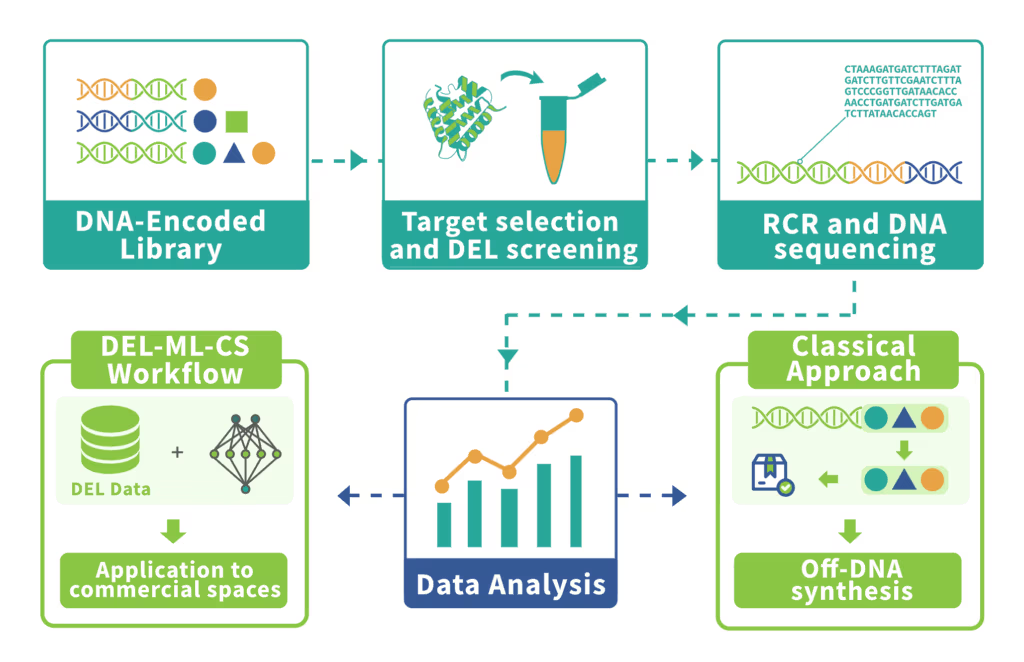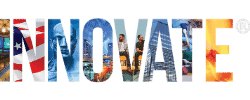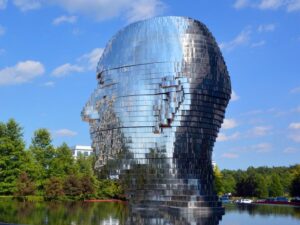Drug development is traditionally expensive and lengthy, often spanning over a decade and costing billions of dollars to bring a single drug to market. However, pharmaceutical companies today are adopting innovative strategies to significantly reduce these timelines and costs without compromising safety or efficacy.
Leveraging technology for early discovery
Technological advancements play a crucial role in cutting down initial research time. High-throughput screening (HTS) technology, for instance, allows researchers to quickly analyze thousands of potential compounds simultaneously. This process rapidly identifies promising candidates for further development, minimizing resource wastage early in the discovery phase.
Computational methods – virtual success prediction
Computational screening is another powerful tool helping pharmaceutical companies optimize efficiency. By virtually simulating drug-target interactions, researchers can predict the effectiveness of compounds before physical experimentation. This drastically reduces both time and financial resources spent on laboratory trials, enabling companies to focus on molecules with higher therapeutic potential.
Enhancing predictive accuracy with machine learning
Machine learning (ML) algorithms analyze vast data sets to pinpoint patterns and predict outcomes more accurately than traditional methods. ML facilitates faster decision-making and significantly decreases the likelihood of pursuing ineffective drug candidates. The predictive power of ML streamlines the selection process, ultimately expediting drug development.
Comprehensive strategy of integrated approaches
An increasingly popular method involves combining multiple technologies into integrated discovery services. Such holistic approaches streamline each phase of drug discovery – from initial screening to clinical trials – optimizing resources and improving the quality of candidate drugs.
One notable example of a successful integrated method is DNA encoded library. By combining DNA-encoded libraries (DEL), machine learning, and computational screening (CS), companies significantly improve efficiency, reduce costs, and accelerate timelines.

Benefits of reduced timelines and costs
Shortening the drug development process has profound benefits. It accelerates patient access to vital medications, enhances pharmaceutical company competitiveness, and frees up resources for additional research and innovation. Efficient methods help ensure that pharmaceutical products remain affordable, accessible, and effective, benefiting global healthcare.
Addressing challenges
While innovation drives progress, integrating new methodologies requires overcoming challenges related to data quality, integration complexities, and regulatory compliance. Addressing these areas proactively is essential for maximizing the benefits of innovative drug development approaches.
Embracing the future
Innovative approaches, such as high-throughput screening, computational methods, machine learning, and integrated strategies, are transforming drug development. Pharmaceutical companies adopting these methodologies not only reduce costs and timelines but also enhance the overall quality and effectiveness of their products. Embracing these innovations positions companies at the forefront of pharmaceutical research and global healthcare improvement.













